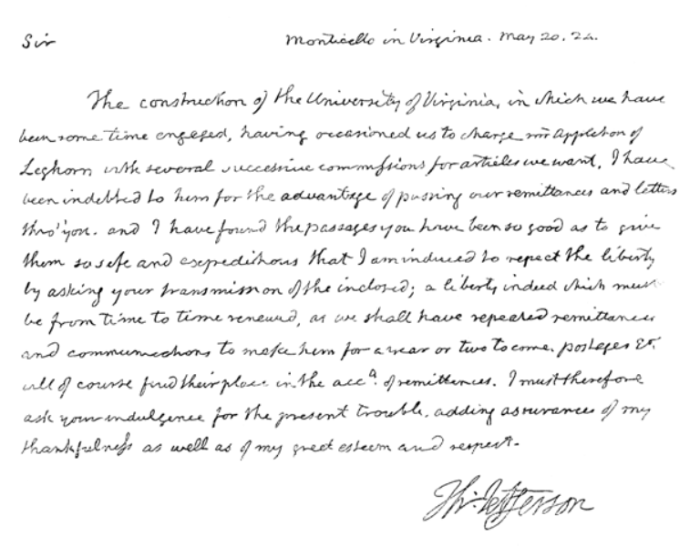Sinners in the hands of an angry god similes – As “Sinners in the Hands of an Angry God” takes center stage, this opening passage beckons readers into a world crafted with erudition, ensuring a reading experience that is both absorbing and distinctly original.
This sermon, a masterpiece of American literature, is renowned for its vivid imagery, persuasive power, and profound exploration of sin and redemption. Through the lens of similes, we delve into the intricate tapestry of this iconic work, uncovering its literary brilliance and enduring impact.
Metaphors in “Sinners in the Hands of an Angry God”: Sinners In The Hands Of An Angry God Similes

Edwards employs powerful metaphors to create vivid imagery and convey the gravity of his message.
God as a Fire
- “The wrath of God is like great waters that are dammed for the present; they increase more and more, and rise higher and higher, till an outlet is given; and the longer the stream is stopped, the more rapid and mighty is its course, when it once gets out.”
- This metaphor compares God’s wrath to a dammed river, which builds up pressure and becomes increasingly destructive when released.
Sinners as Spiders
- “You hang by a slender thread, with the flames of divine wrath flashing about it, and ready every moment to singe it, and burn it asunder.”
- This metaphor depicts sinners as fragile creatures suspended over a pit of fire, vulnerable to God’s judgment.
Conclusion
These metaphors contribute to the sermon’s tone of urgency and fear, emphasizing the dire consequences of sin and the need for immediate repentance.
Symbolism in “Sinners in the Hands of an Angry God”

Edwards uses symbols to represent abstract concepts and reinforce his message.
The Bow
- “God’s bow is bent, and the arrow made ready on the string, and justice brings the arrow to the head of the sinner.”
- The bow symbolizes God’s judgment and impending punishment for sin.
The Pit
- “The pit is prepared, the fire is made ready, the furnace is now hot, ready to receive them; the flames do now rage and glow.”
- The pit represents hell and the eternal torment that awaits unrepentant sinners.
Conclusion
These symbols create a vivid and horrifying image of God’s wrath and the consequences of sin, reinforcing the sermon’s persuasive power.
Rhetorical Devices in “Sinners in the Hands of an Angry God”

Edwards employs rhetorical devices to enhance the impact of his sermon.
Repetition
- “…you have nothing to lay hold of…you have nothing to take hold of…you have nothing to stand upon…you have nothing to catch hold of…”
- This repetition emphasizes the sinner’s helplessness and vulnerability.
Alliteration
- “The God that holds you over the pit of hell, much as one holds a spider, or some loathsome insect over the fire…”
- This alliteration creates a vivid and repulsive image of sinners dangling over hell.
Parallelism
- “And you have no interest in any Mediator, and nothing to lay hold of to save yourself, nothing to keep off the flames of wrath, nothing of your own, nothing that you ever have done, nothing that you can do to induce God to spare you one moment…”
- This parallelism reinforces the idea that sinners have no hope of escaping God’s judgment.
Conclusion
These rhetorical devices enhance the sermon’s impact, creating a sense of urgency and persuasion.
Structure of “Sinners in the Hands of an Angry God”

Edwards structures his sermon effectively to convey his message.
Introduction
- Warns of God’s impending judgment.
- Describes the sinner’s helpless condition.
Body
- Explains the nature of God’s wrath.
- Uses metaphors and symbols to create a vivid image of hell.
- Emphasizes the sinner’s inability to escape judgment.
Conclusion
- Urges sinners to repent immediately.
- Warns of the eternal consequences of neglecting God’s grace.
Conclusion
This structure helps to convey the sermon’s message effectively, building a sense of urgency and fear.
Historical Context of “Sinners in the Hands of an Angry God”
Edwards’ sermon was delivered in the context of the Great Awakening, a period of religious revival in 18th-century America.
Religious Beliefs
- Belief in God’s sovereignty and wrath.
- Emphasis on the need for repentance and conversion.
- Fear of hell and eternal punishment.
Social Beliefs
- Importance of community and social order.
- Concern about moral decline and sinfulness.
Conclusion
The historical context influenced the content and reception of Edwards’ sermon, reflecting the religious and social concerns of the time.
Impact of “Sinners in the Hands of an Angry God”
Edwards’ sermon had a profound impact on its audience and beyond.
Immediate Impact
- Caused mass hysteria and conversions.
- Contributed to the growth of the Great Awakening.
Long-Term Impact
- Shaped American religious thought and literature.
- Continues to be studied and debated as a classic example of Puritan rhetoric.
Controversy, Sinners in the hands of an angry god similes
- Some criticized the sermon for its graphic descriptions of hell and its emphasis on fear.
- Others praised it for its powerful call to repentance.
Conclusion
Edwards’ sermon continues to resonate with people today, demonstrating its enduring impact on American religious and cultural history.
Essential Questionnaire
What is the significance of the spider and pit similes in the sermon?
The spider and pit similes vividly depict the precarious position of sinners, hanging over the abyss of hell, suspended by a thread of God’s mercy.
How do the similes contribute to the sermon’s persuasive power?
The similes create a sense of urgency and immediacy, compelling listeners to confront their own sinfulness and the consequences of divine wrath.
What is the overall message conveyed by the similes in the sermon?
The similes collectively emphasize the gravity of sin, the wrath of God, and the need for repentance and salvation.